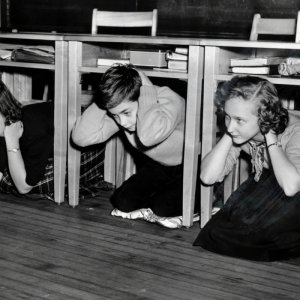David777
Well-known Member
- Location
- Silicon Valley

Interesting current fallout map in news in our troubled world. Let us hope it never happens but if it does, being aware of worst areas would have value for survivors. With weather winds moving west to east, thousands of miles of the Pacific Ocean make avoiding fallout optimal as long as one avoids the major core urban areas targeted. California has numbers of key military bases so expect the map doesn't accurately reflect those non ballistic missal site targets. The whole Southern California areas away from immediate coasts probably should be purple.
If I had some warning due to worsening world events, I would drive north away from the SFBA to our California northern coastal areas of less people the better. As a longtime backpacker but not a Prepper, I have plenty of gear to live out of my car for months, and very importantly detailed paper maps showing non-paved back roads since avoiding desperate others with guns would be wise. Also know how to ocean shore fish and have edible plant guides for the region and sea shores.
Some states are safer than others in a nuclear attack
Some states are safer than others in a nuclear attack — this startling map reveals prime targets






